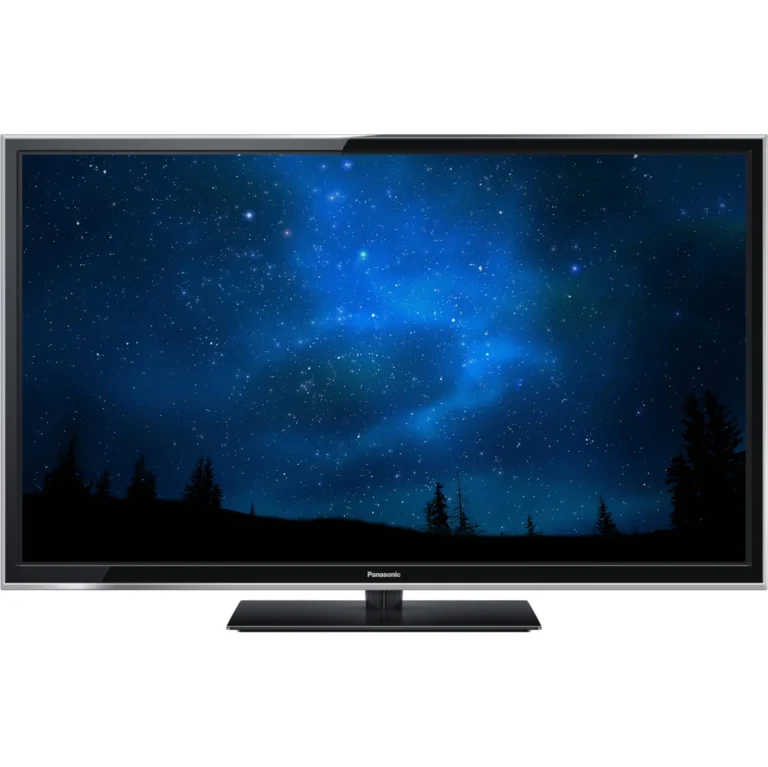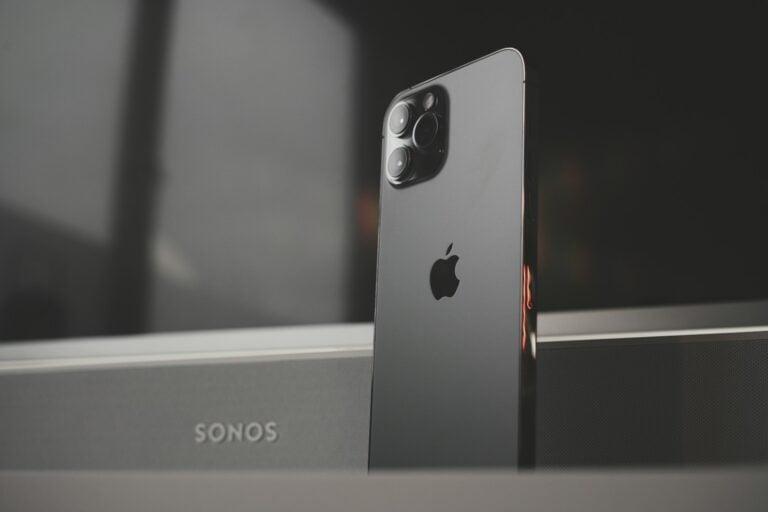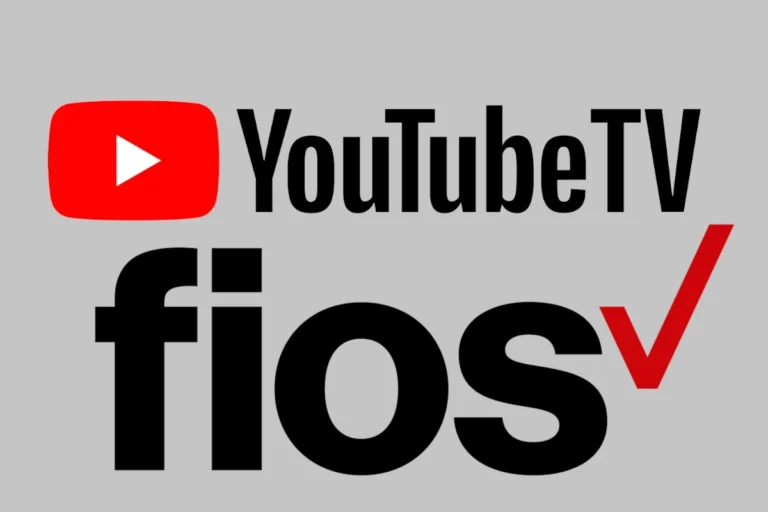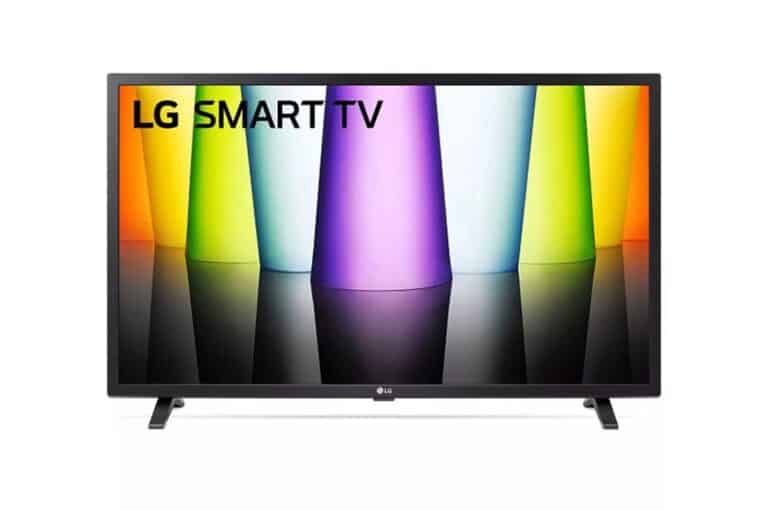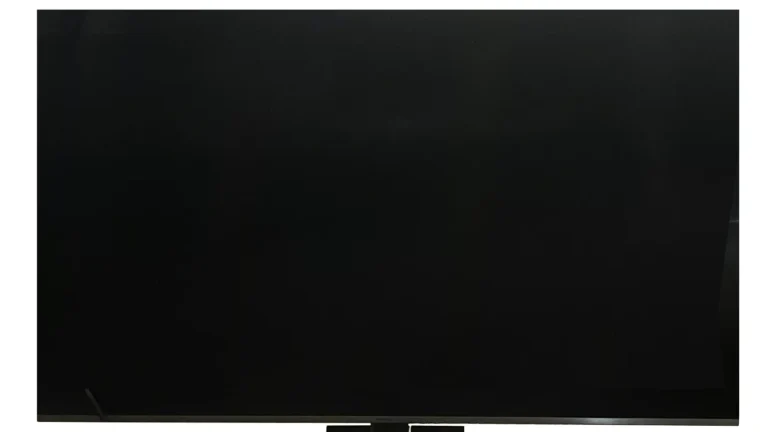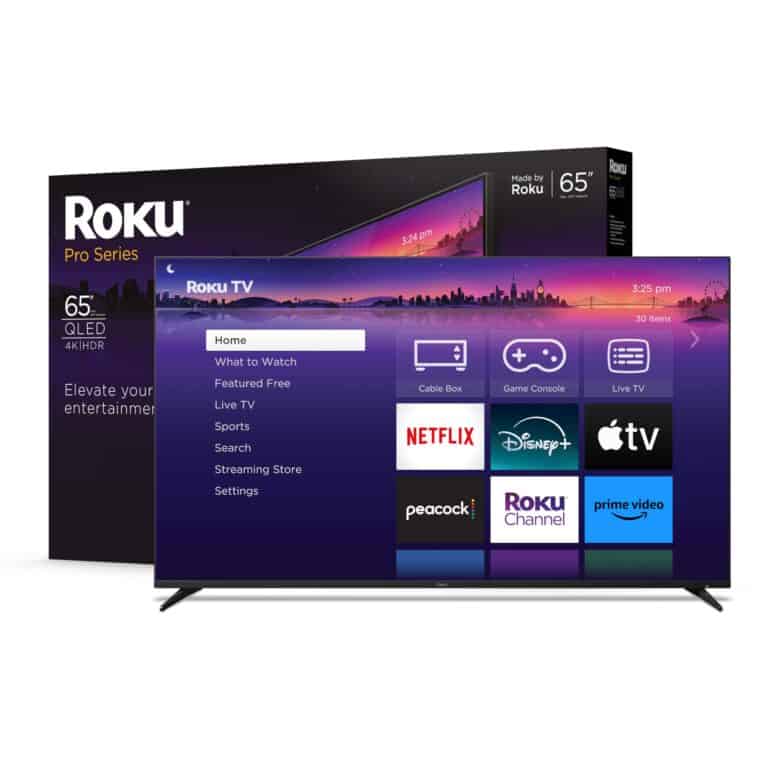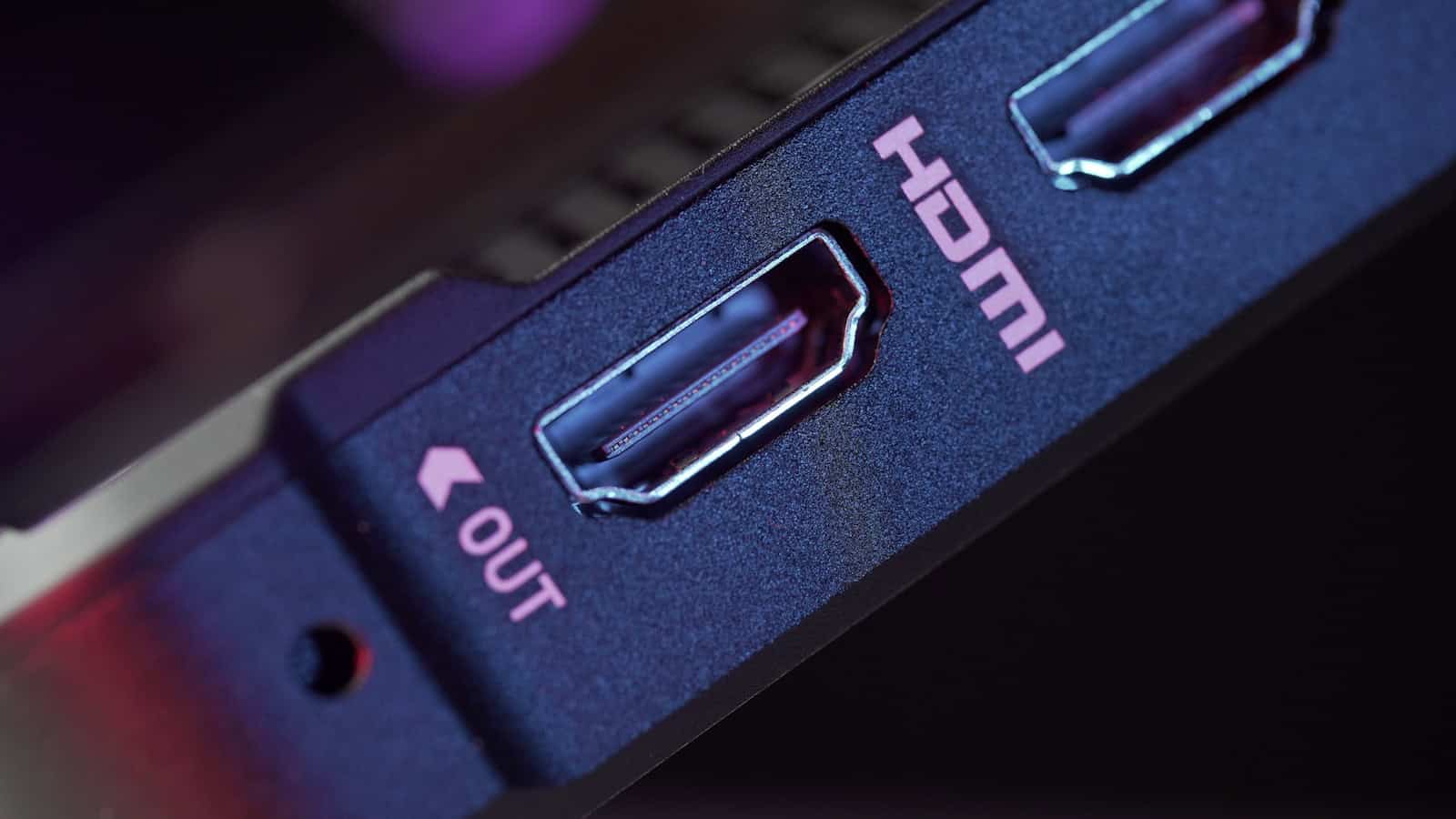
The HDMI Forum has introduced HDMI 2.2, a new standard that enhances 4K capabilities at 240fps with a bandwidth of 96 Gbps. This major upgrade promises improved resolutions, refresh rates, and overall media experiences across various applications like gaming, home theaters, and professional displays.
HDMI 2.2 is designed for future-proofing technology standards and aims to transform audio-visual connectivity. The expectations are high for this standard as it shapes the future of entertainment and technology, with more innovative announcements expected soon.
Bandwidth Bonanza
The most significant change in HDMI 2.2 is the doubling of the maximum bandwidth to a staggering 96Gbps, up from the 48Gbps limit of HDMI 2.1b. This leap in bandwidth is a direct response to the growing demand for higher resolutions and refresh rates, driven by the increasing popularity of 4K and 8K displays. To put this into perspective, HDMI 2.1b supports bandwidths of up to 48Gbps, which can drive 4K 120Hz and 8K 60Hz, often with the help of Display Stream Compression. With this new bandwidth, HDMI 2.2 could potentially support 4K resolution at a mind-blowing 480Hz or even 12K resolution at 120Hz! This leap in bandwidth also paves the way for resolutions exceeding 8K and enhanced support for data-intensive applications like AR/VR and high-resolution gaming.
New Cable, New Capabilities
To handle this massive increase in bandwidth, a new “Ultra96” HDMI cable is being introduced alongside the standard. These cables will be certified under the HDMI Cable Certification Program, ensuring they meet the stringent requirements of HDMI 2.2. While the new cable is necessary to unlock the full potential of HDMI 2.2, HDMI 2.2 maintains backward compatibility with existing HDMI devices.
Latency Improvements
HDMI 2.2 also introduces a new Latency Indication Protocol (LIP). This feature helps ensure that your audio and video are perfectly synchronized, so you don’t experience any annoying lag between what you see and what you hear, especially in setups with multiple devices like receivers and soundbars. This is particularly beneficial for gamers, as it can result in reduced input lag, smoother gameplay, and improved responsiveness, leading to a more immersive and enjoyable gaming experience.
Future-Proofing Entertainment
The increased bandwidth and new features of HDMI 2.2 are not just about pushing the limits of current technology; they are about future-proofing our entertainment experiences. As display technology continues to evolve with higher resolutions, refresh rates, and emerging formats like 16K and spatial reality, HDMI 2.2 ensures that the standard can keep pace. This is particularly relevant with the potential emergence of PHOLED displays by 2026, which could further benefit from the capabilities of HDMI 2.2.
Beyond consumer electronics, HDMI 2.2 has far-reaching implications for various industries. The increased bandwidth and enhanced capabilities will be valuable in demanding, data-intensive applications such as AR/VR/MR, spatial reality, and light field displays. Furthermore, HDMI 2.2 will play a crucial role in commercial applications like large-scale digital signage, medical imaging, and machine vision, where high resolution and accurate image representation are critical.
Industry Support and Availability
While specific details about device support are still emerging, early indications suggest that major players in the graphics card industry, like AMD and NVIDIA, are on board with HDMI 2.2. Their upcoming Radeon RX 9000 “RDNA 4” and GeForce RTX 50 “Blackwell” GPUs are expected to be among the first devices to support the new standard. The official HDMI 2.2 specification will be released to manufacturers in the first half of 2025, with compatible devices expected to hit the market later in the year. Early adopters can expect to see HDMI 2.2 in high-end gaming PCs, TVs, and monitors, with broader adoption expected in the years to come.
Short Summary:
- HDMI 2.2 will support higher resolutions and refresh rates with 96 Gbps bandwidth.
- The introduction of a new cable, Ultra96, will be necessary to utilize these advancements.
- This specification is expected to power next-gen gaming experiences and audiovisual technologies.
The HDMI Forum’s upcoming announcement regarding HDMI 2.2 marks a significant milestone in digital connectivity. Slated for January 6, 2025, at a press conference before CES 2025 in Las Vegas, the new standard promises to build upon its predecessor, HDMI 2.1, which was introduced approximately seven years ago. According to the HDMI Forum, HDMI 2.2 will deliver superior bandwidth capabilities, allowing for more immersive viewing experiences through higher resolutions and refresh rates, marking a pivotal shift in high-definition content consumption.
The HDMI Forum, which governs the development and promotion of the HDMI standard, suggests that this newest specification will double the bandwidth of HDMI 2.1—from 48 Gbps to an impressive 96 Gbps—enabling enhanced image quality and responsiveness that is particularly appealing to gamers and avid consumers of high-definition content. The implications of this increase are substantial, allowing for uncompressed 8K resolution at 120 Hz and potentially supporting even higher resolutions and refresh rates as the technology progresses.
“Faster 96Gbps bandwidth improves demanding data-intensive, immersive and virtual applications such as AR/VR/MR, spatial reality and light field displays as well as various commercial applications such as large scale digital signage, medical imaging and machine vision,” stated the HDMI Forum.
While current HDMI 2.1 technology allows for impressive capabilities such as 4K at 120 Hz and 8K at 60 Hz, HDMI 2.2 expands these possibilities dramatically. For example, it is anticipated that HDMI 2.2 could enable 4K at refresh rates exceeding 240 Hz, a compelling feature for serious gamers leveraging high-end gaming monitors and graphics cards. Such enhancements could redefine standards in visual performance and experience within both gaming and general media consumption.
The New HDMI 2.2 Cable: Ultra96
To accompany the HDMI 2.2 standard, a new cable titled Ultra96 is designed to support and maximize the potential of its capabilities. The HDMI Forum has indicated that this cable will not alter the existing HDMI connector design, ensuring backward compatibility with previous HDMI versions. This attention to compatibility eases the transition for consumers while enabling them to take full advantage of the new features offered by HDMI 2.2.
Even with the existing cable structure, consumers are encouraged to utilize the new Ultra96 cable to unlock the full benefits of the HDMI 2.2 specification. The section of the HDMI forum that outlines these changes mentions that the overall enhancements hinge on improved bandwidth, allowing for a wider array of resolutions and refresh rates.
“The new specification, featuring next-gen HDMI technology and increased bandwidth, will support a wide range of higher resolutions and refresh rates,” the HDMI Forum representatives mentioned in an initial concept release.
Yet, it is important to note that the transition to a new cable could potentially involve logistics and production time, as it takes time for manufacturers to adopt new standards. History indicates that fully adopting new cable specifications can take years, as seen with the introduction of HDMI 2.1 two years prior to significant market availability of compatible products.
Industry Insights and Future Implications
With HDMI 2.2, industry experts speculate that the true potential of this technology will not be realized immediately upon its release. While next-gen gaming will likely lead the adoption curve, industries such as film and content creation will gradually incorporate these advancements. It is essential to consider that content must also be produced to utilize the new features fully.
Notably, manufacturers like Nvidia and AMD have scheduled press events on January 6th, which coincides with the HDMI event. Speculations suggest that upcoming graphics cards, including the Nvidia GeForce RTX 50 series and AMD Radeon RX 8000 series, may also align with HDMI 2.2’s capabilities, creating a synergistic relationship between high-performance hardware and next-generation display technologies.
As reported by Italian tech site Digital Day, the promise of higher performance and more immersive experiences is leading anticipation among tech enthusiasts and gamers alike. The upcoming launch of HDMI 2.2 aligns well with consumer electronics trends emphasizing higher resolutions, frame rates, and overall viewing quality.
“It will not require a new connector, though, thankfully,” the forum confirmed, easing concerns about navigating compatibility during the transition.
The Competitive Landscape: HDMI vs DisplayPort
Comparisons between HDMI 2.2 and other connection standards, particularly DisplayPort, are inevitable. Currently, the latest DisplayPort standard—DisplayPort 2.1—offers a maximum bandwidth of 80 Gbps, outperforming HDMI 2.1’s capabilities. In practical application, this translates to support for 4K at refresh rates above 300 Hz. However, as of now, few consumer displays utilize this potential, with many still relying on Display Stream Compression technology to achieve their rated capabilities.
Such discrepancies underline the need for consumers to thoroughly understand the features offered by each standard. HDMI 2.2, with its higher bandwidth and improved specifications, may provide greater performance to general consumers, especially in traditional entertainment settings where HDMI is more widely adopted than DisplayPort.
The looming question remains whether manufacturers and users will adopt HDMI 2.2’s improved technology quickly. Gaming companies and PC manufacturers are expected to support this advancement, though widespread implementation may lag behind until manufacturers finalize products that align with HDMI 2.2’s specifications.
Additional Considerations for Consumers
As consumers evaluate their options moving forward, considerations around HDMI 2.2 focus heavily on both hardware upgrades and the investments that may be required in cables and devices. The sheer necessity of new Ultra96 cables to fully utilize the advantages of HDMI 2.2 could influence purchasing decisions significantly.
With the rapid pace of technology, consumers are often left evaluating the practicality of new standards against the backdrop of their current setups. It is critical for enthusiasts to consider their current hardware capabilities, potential gaming preferences, and the ecosystem of devices they are integrating.
Furthermore, the HDMI Forum plans to introduce a verification program akin to the existing Ultra High Speed labeling system. This initiative would enable consumers to ensure that cables marketed as “Ultra96 Certified” meet the necessary performance benchmarks, enhancing consumer confidence during the purchasing process.
Looking Forward: The Future of HDMI Technology
The unveiling of HDMI 2.2 at CES 2025 marked a significant advancement in the rapidly changing world of consumer electronics. As the trend shifts toward immersive virtual realities and high-fidelity audio-visual experiences, HDMI 2.2 is well-equipped to meet these demands. As this technology becomes more widely adopted, we anticipate that it will transform the dynamics of content creation, entertainment, and gaming across various industries.

